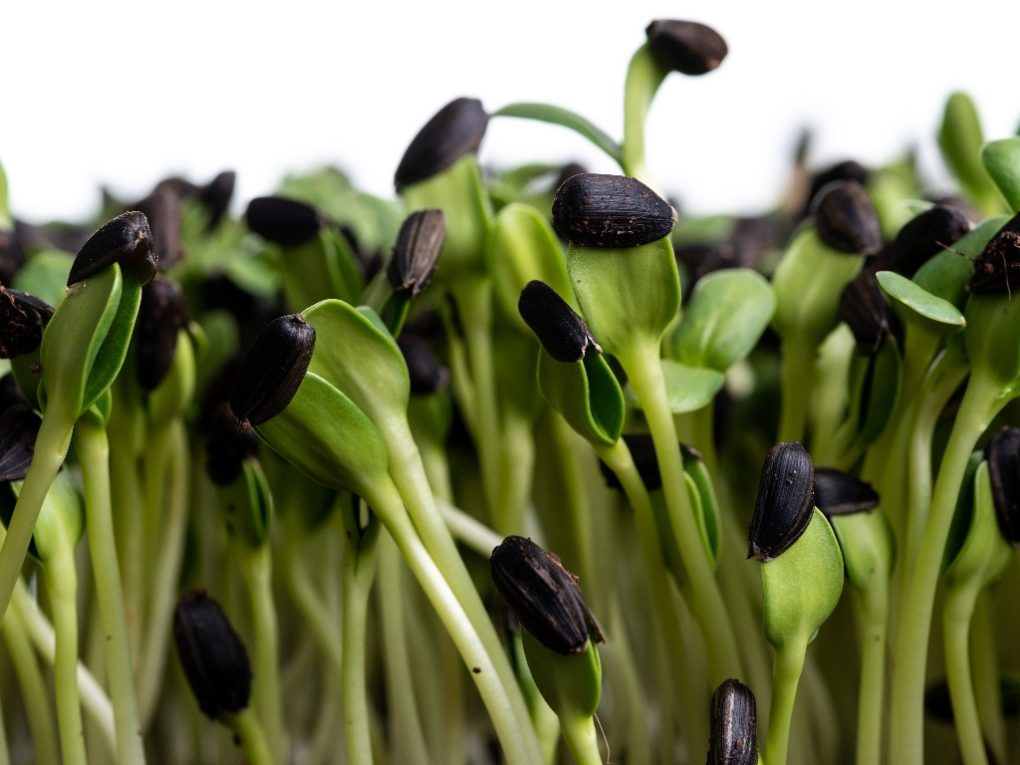How to Keep Sunflowers Blooming: Tips and Tricks
Sunflowers are a popular garden choice due to their bright, cheerful blooms and easy-to-grow nature. However, keeping sunflowers blooming can be a challenge for many gardeners. Whether you are planting sunflowers for the first time or have struggled to keep them thriving in the past, there are several key tips to keep in mind to ensure that your sunflowers continue to bloom throughout the growing season.

One important factor to consider is the timing of planting. Sunflowers should be planted in an area with full sun and well-draining soil. Planting should occur after the last frost date in your area, typically in late spring or early summer. Additionally, staggering planting dates by a few weeks can help ensure continuous blooms throughout the season.
Table of Contents
Choosing the Right Sunflower Variety
Sunflowers are popular for gardeners due to their bright and cheerful appearance. However, choosing the right sunflower variety is important to ensure that they thrive in your specific climate and soil type.
Determining the Appropriate Sunflower Variety for Your Climate
Before choosing a sunflower variety, it is important to consider your climate. For example, some sunflower varieties are better suited for cooler climates, while others thrive in hot and humid conditions.
If you live in a cooler climate, consider planting sunflowers with a shorter growing period, such as the Dwarf Sunflower variety. These sunflowers grow to only 2-3 feet and have a growing period of only 60-70 days.
If you live in a hot and humid climate, consider planting heat-tolerant sunflowers, such as the Sunbright variety. These sunflowers can withstand high temperatures and direct sunlight without wilting or losing their color.
Selecting the Right Soil for Sunflowers
Ideally, sunflowers should be grown in soil that drains well and contains plenty of organic matter. To help sunflowers retain moisture, it is important to add compost or manure to the soil before planting them.
If you have heavy clay soil, consider planting sunflowers tolerant of heavy soil, such as the Russian Giant variety. These sunflowers can grow up to 14 feet tall and have large heads reaching up to 1 foot in diameter.
If you have sandy soil, consider planting drought-tolerant sunflowers, such as the Autumn Beauty variety. These sunflowers can grow up to 8 feet tall and have a variety of colors, including red, yellow, and orange.
| Climate | Sunflower Variety |
| Cooler | Dwarf Sunflower |
| Hot and Humid | Sunbright |
| Heavy Clay Soil | Russian Giant |
| Sandy Soil | Autumn Beauty |
Considering your climate and soil type, you can choose the right sunflower variety to thrive in your garden.
Planting Sunflowers
Preparing the Soil for Sunflowers
The soil must be prepared before sunflowers can be planted. Sunflowers thrive in well-draining soil that is rich in organic matter. The first step is to remove any weeds and debris from the area. After that, loosen the soil at least 12 inches deep. To improve drainage, add sand or perlite if the soil is heavy. Adding compost or well-rotted manure to the soil will improve the soil’s nutrient content.
Planting Sunflower Seeds
Once the danger of frost has passed and the soil has warmed up, plant sunflower seeds directly in the garden. Alternatively, you can start the seeds indoors 2-3 weeks before the last frost date and transplant them outside once the seedlings are 2-3 inches tall.

In the garden, you should sow sunflower seeds no deeper than an inch apart and no more than 6 inches apart. Seedlings should be thinned out once they are 6 inches tall, leaving 12 inches between the strongest plants. Start planting seeds every two to three weeks in spring, stagger your planting, and you’ll see continuous blooms.
Keeping the soil consistently moist is important until the seeds have germinated. Once the seedlings have emerged, water them deeply once a week. While sunflowers do not require a lot of fertilizer, you can apply a balanced fertilizer once a month.
Caring for Sunflowers
Sunflowers are low-maintenance plants that can bloom for up to 12 weeks. Proper care is important to keep them blooming throughout the season. Here are some tips on how to care for sunflowers:
Watering Sunflowers
Watering is crucial for sunflowers, especially during dry spells. Water the area around the roots, about four inches away from the plant, when it is small. Water the plant deeply but infrequently once it is established in order to encourage its roots to grow deep into the soil. When the weather is hot or dry, water the plants more frequently with several gallons per plant once a week.
Fertilizing Sunflowers
If the soil is poor, fertilizing sunflowers can help them grow strong and healthy. Use a balanced fertilizer, such as a 10-10-10 or 14-14-14, and apply it when the plant is about 6 inches tall. Follow the instructions on the package for the amount to use. Avoid over-fertilizing, as this can lead to tall, spindly plants that may not bloom well.
Pruning Sunflowers
Deadheading, or removing spent flowers, can help sunflowers bloom longer. Cut off the flower head just above the first set of leaves, using clean, sharp scissors or pruning shears. This will encourage the plant to produce more flowers. If the plant has multiple stems, remove the spent flowers from each stem. Be careful not to damage the stem or leaves while pruning.

Protecting Sunflowers
Sunflowers are beautiful and vibrant plants that can add color and life to any garden. To keep your sunflowers blooming healthy and strong, it’s important to protect them from pests and diseases and deal with common problems that may arise.
Protecting Sunflowers from Pests and Diseases
One of the biggest threats to sunflowers is pests and diseases. Here are tips to help protect your sunflowers:
| Pest/Disease | Solution |
| Aphids | Use insecticidal soap or neem oil to control aphids. You can also introduce ladybugs or lacewings to your garden, as they are natural predators of aphids. |
| Downy Mildew | Prevent downy mildew by planting sunflowers in well-draining soil and avoiding overhead watering. If you notice signs of downy mildew, remove affected leaves and treat them with a fungicide. |
| Slugs and Snails | Use slug and snail bait or create barriers around your sunflowers with copper tape or diatomaceous earth. |
Dealing with Common Sunflower Problems
Even with proper care, sunflowers can still experience common problems. Here are some tips to help deal with these issues:
- Wilting: If your sunflowers are wilting, they may get too much or too little water. Ensure to water deeply once a week and check the soil moisture regularly.
- No Blooms: If your sunflowers aren’t blooming, they may not get enough sunlight or have been planted too closely together. Plant sunflowers in an area that gets at least six hours of direct sunlight per day and space them at least 12-18 inches apart.
- Broken Stems: If your sunflower stems are broken, you can try to splint them with a popsicle stick or toothpick and wrap them with tape. If the stem is completely broken, you may need to remove the flower head and enjoy it indoors.
